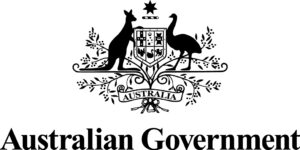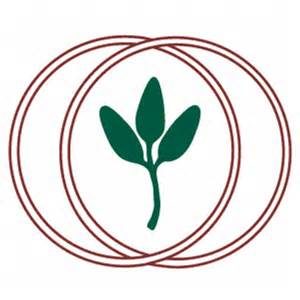QTPN Myrtle Mayday Project
Myrtle Mayday Project
The Queensland Threatened Plant Network (QTPN*) has received funding from the Australian Seed Bank Partnership (ASBP) under the Australian Government’s Saving Native Species Program, to support conservation activities for two Myrtaceae plant species listed under the federal Environment Protection and Biodiversity Conservation Act (1999).
In collaboration with the Stanthorpe Rare Wildflower Consortium (SRWC), the QTPN will undertake reconnaissance surveys and seed collection in 2025/26 to safeguard the following two species against further population declines in the wild:
1/ Eucalyptus dalveenica, or Dalveen Blue Box (Critically Endangered), a new species only known from four sites near Dalveen, Queensland, with many trees on private property.
Read more about SRWC’s Eucalyptus dalveenica surveys here.
Find out how Tim Collins and colleagues from the University of New England discovered the Dalveen Blue Box in 2019 here.
2/ Kardomia granitica (Vulnerable) which is endemic to Queensland where it is known from only three populations south of Stanthorpe, occurring in the crevices of granite outcrops dominated by heath in Girraween National Park.
The seeds will then be dispatched to the National Seed Bank in Canberra for processing and ex situ storage to create insurance collections for future use.
Results to date
A field trip to Girraween National Park in April 2025 failed to locate one record of Kardomia granitica. However, a new population of the Endangered Kardomia silvestris was located in the Park, and a specimen was vouchered with the Queensland Herbarium. Approximately 100 individuals were found including an equal mixture of adult shrubs and juveniles.
Background
In 2022–23, a national survey was undertaken by the ASBP to determine which Australian Myrtaceae species were held in conservation collections. This crucial survey revealed the species missing from collections, and those that are poorly represented.
Building on this baseline, the ASBP’s Myrtle Mayday project is delivering a national conservation effort dedicated to securing seed from threatened Myrtaceae species, to create insurance collections against the threat of Myrtle Rust. The project will:
- Undertake reconnaissance trips to locate and assess threatened plant populations for seed collection
- Secure seeds and cuttings of 31 nationally threatened Myrtaceae species across Queensland, Western Australia, Victoria, and New South Wales to serve as an insurance policy against species decline.
- Complete research to determine seed viability and unlock germination secrets to support future restoration activities.
- Communicate findings through scientific publications, databases, and public engagement to improve awareness of Myrtle Rust and the action being taken to mitigate its impact.
- Expand national conservation capacity by bringing together Australian botanic gardens, seed banks, and conservation organisation’s for a common goal.
- Contribute to national targets in the Threatened Species Action Plan 2022-2032.
* The QTPN was launched in 2024 to facilitate a collaborative approach to threatened plant recovery in Queensland. Contact QTPN Project Manager Paul Donatiu for more information.
Image: Kardomia sylvestris. Credit: Paul Donatiu
Thank you to the Australian Seed Bank Partnership for supporting this project.
We acknowledge the support provided for this project by the Australian Government’s Saving Native Species Program. Funding was provided under a grant that aims to improve outcomes for nationally listed Threatened Species.

